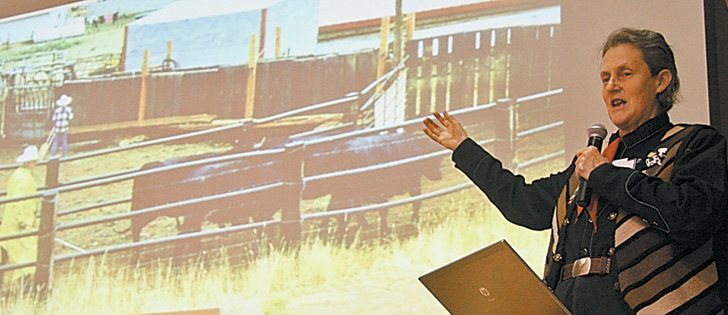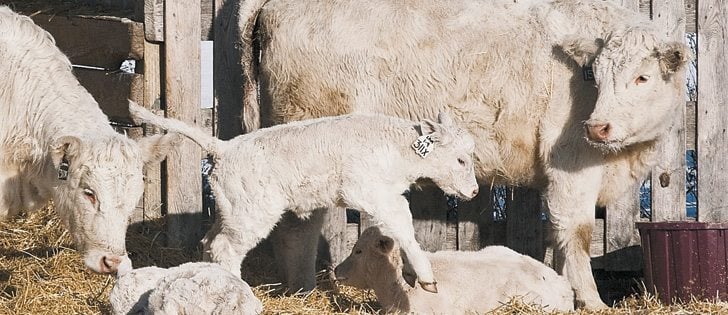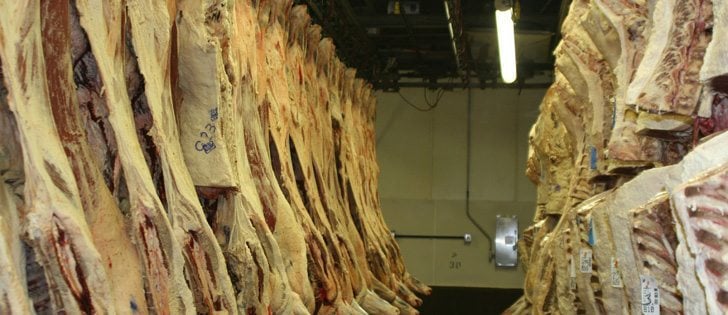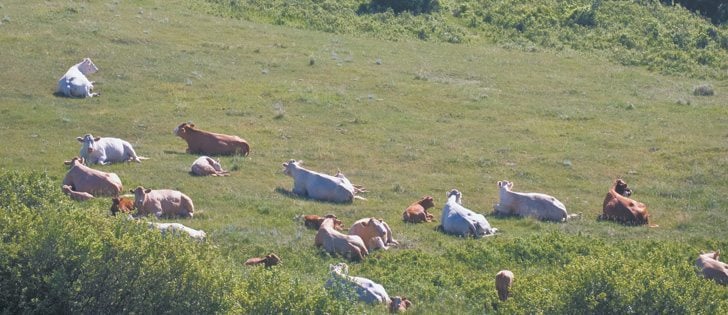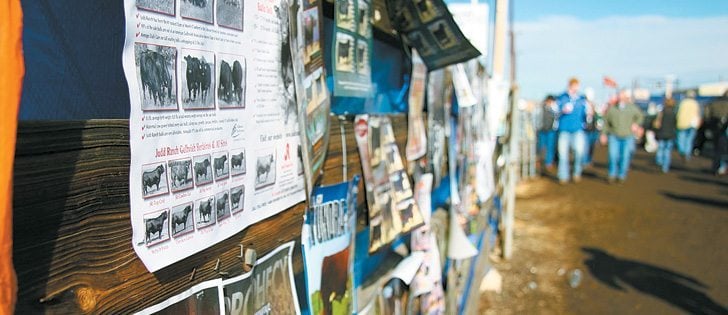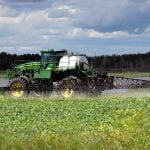Cattle producers have tried to improve animal feed efficiency for years, and for good reason.
Fifty-five to 70 percent of a cow-calf operation’s cost of production is associated with feed, bedding and pasture, while 65 to 75 percent of total dietary energy costs in breeding cows are required just for maintenance.
Despite attention on improving feed efficiency, some studies show that cattle maintenance requirements have increased rather than decreased, said John Basarab of Alberta Agriculture.
“We have done nothing in lowering the maintenance ratio of our cows.”
Read Also
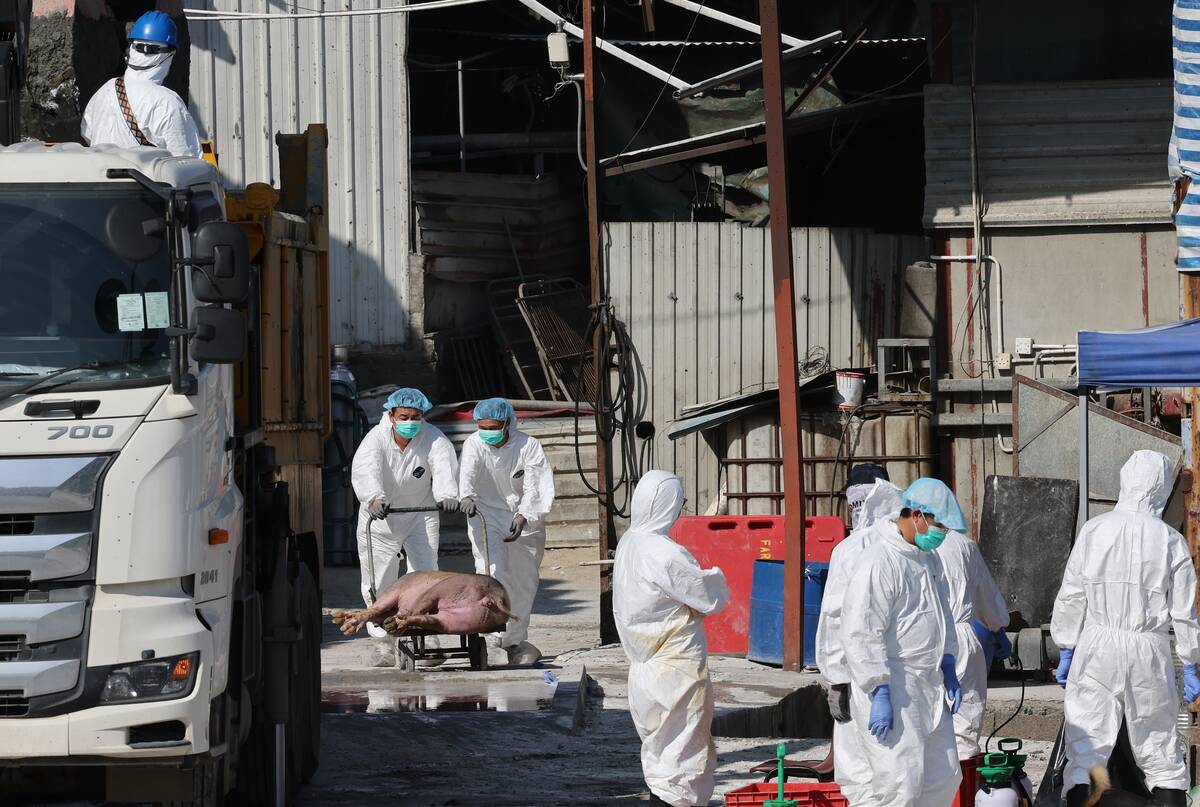
Mixed results on new African swine fever vaccine
The new African swine fever vaccine still has issues, but also gave researchers insight into how virus strain impacts protection against the deadly pig disease.
The beef cattle genetics researcher told Lethbridge College’s annual Tiffin Conference Jan. 19 that residual feed intake (RFI) is a better benchmark to obtain feed efficiency gains. RFI is feed intake adjusted for differences in production and body size.
Animals with a low RFI eat less but attain the same production, body weight and growth of their high RFI counterparts, Basarab said. Feed costs are reduced in these efficient cattle, but quality and quantity are not compromised.
His studies indicate that progeny from a herd of 100 cows bred using RFI efficient bulls can save $2,200 per animal in feed costs over three years.
The low RFI trait is 35 to 40 percent heritable, he added. Selecting for the trait is a matter of monitoring bull test results and using low RFI bulls.
“Efficient bulls exist. Unfortunately, there’s high demand,” Basarab said.
“All the bulls that are tested at Olds College are already grabbed up by Deseret Ranches and Beef Booster.”
However, the Simmental, Angus and Hereford breeds are developing initiatives to test bulls for RFI, which will likely help meet future demand.
Basarab’s research involved crossbreds, but he said all cattle breeds have potential to improve RFI.
Studies have tried to determine how RFI affects other beef characteristics. They found that low RFI cattle produce less heat, which lowers their feed maintenance requirements.
They also have 15 to 30 percent lower methane emissions.
Low RFI had no effect on bull fertility or carcass quality. On the cow side, studies showed no effect on age of puberty, pregnancy rate, calving pattern, calving ease or weaning rates.
Low RFI cows had lower calf mortality than those with high RFI.
Studies on eight- to 10-month-old replacement heifers showed no measurable weight differences, but low RFI animals lost less body fat when put on swath grazing over winter as they matured.
“Those efficient cattle are more adaptable. They’re less stress susceptible,” said Basarab.
His studies show that selection for low RFI will:
- have no effect on growth body size or slaughter weight
- improve feed to gain ratio by 10 to 15 percent
- reduce net energy required for maintenance
- reduce methane production by 20 to 30 percent
- have no effect on carcass yield and quality grade
- have a positive effect on body fatness
A low RFI could mean a feed cost savings of five to 10 cents per day in feeder cattle and eight to 15 cents per day for cows.
Though feed cost savings are perhaps the most exciting part the research, Basarab said the methane reduction seen in low RFI cattle is also significant because of concerns about greenhouse gas production.
“It could become a trade barrier,” he said.
“There has been pressure from a carbon footprint environmental sustainability (standpoint) from importing beef from Brazil. Brazil has a very high carbon footprint, around 36 kilograms of CO2 per kilogram of beef produced.”
Canada’s greenhouse gas emissions from beef production is far lower, he added. It is half that of Japan, and Brazil’s rate is higher than Japan’s.
“The other thing about it is reducing greenhouse gases means improved efficiency, so it s a win-win,” Basarab said. “Also, within Alberta, we’re the only jurisdiction almost within North America where you can buy and sell carbon credits in agriculture. There already is a GHG protocol on residual feed intake. You could get extra dollars, not many, but extra dollars.”
A proven reduction in greenhouse gas emissions could also improve the image of beef cattle production, he said.




